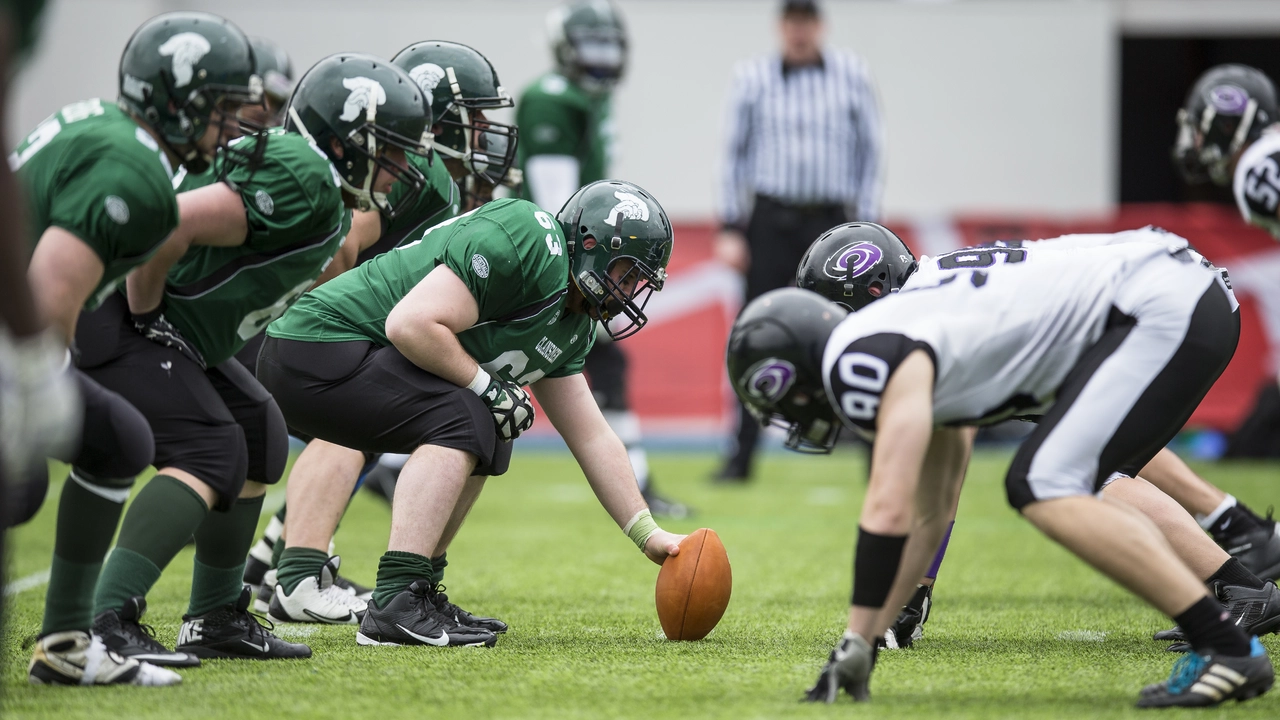Sports History – Rugby, Football & Classic Club Origins
Ever wonder why a rugby scrum looks a bit like an American football line‑up? Or why a club called Saracens is everywhere on the Premiership scoreboard? You’re not alone. Below we break down the real stories behind two of the biggest questions fans ask.
Common Roots of Rugby and American Football
Both sports started on the same English field in the mid‑1800s. Back then, schools played a chaotic version of football where you could both kick and carry the ball. In 1823, Rugby School formalised the “hand‑over” rule – pick up the ball and run. That simple tweak set the stage for two very different games.
When the sport crossed the Atlantic, American colleges liked the physicality but wanted a tighter, more strategic game. Coaches trimmed the number of players, introduced forward passes, and added a lot of protective gear. The result? A game that looks like rugby at a glance but plays like a chess match on a gridiron.
So yes, American football and rugby share a common ancestor, but they grew apart like siblings with different wardrobes. The shared heritage explains why certain terms – try, tackle, line – feel familiar in both codes.
The Birth of Saracens Rugby
Shift your focus to London in 1876. A modest Reverend named Francis Marsden gathered a handful of church members at Finchley Presbyterian to kick a ball after Sunday service. They called themselves the Crusaders, a nod to their faith‑based origins.
Fast forward to 1945: the Crusaders merged with a local side called the Saracens Club. The new name stuck, and the club began climbing the English leagues. By the 2000s they were regulars in the Premiership, winning three league titles and two European Cups.
What makes Saracens special isn’t just the trophies. It’s the community vibe – fans travel miles, local schools partner with the team, and the club invests in youth development. That grassroots spirit traces right back to Rev. Marsden’s Sunday‑after‑service matches.
Both stories—rugby’s split into American football and Saracens’ humble start—show how a simple ball game can spawn whole cultures. Whether you’re watching a Super Bowl or a Premiership clash, you’re seeing the legacy of 19th‑century schoolyards and a reverend’s after‑service kick‑about.
Next time a commentator mentions the “rugby roots” of a quarterback or the “historic” feel of a stadium, you’ll know the facts behind the hype. Sports history isn’t a dusty textbook; it’s a living thread that connects today’s matches to a handful of guys in long coats and a reverend with a whistle.
Got more questions about how games evolve or which clubs started in church halls? Dive into the posts below – they’re packed with short, punchy details that any fan can share at the pub.

